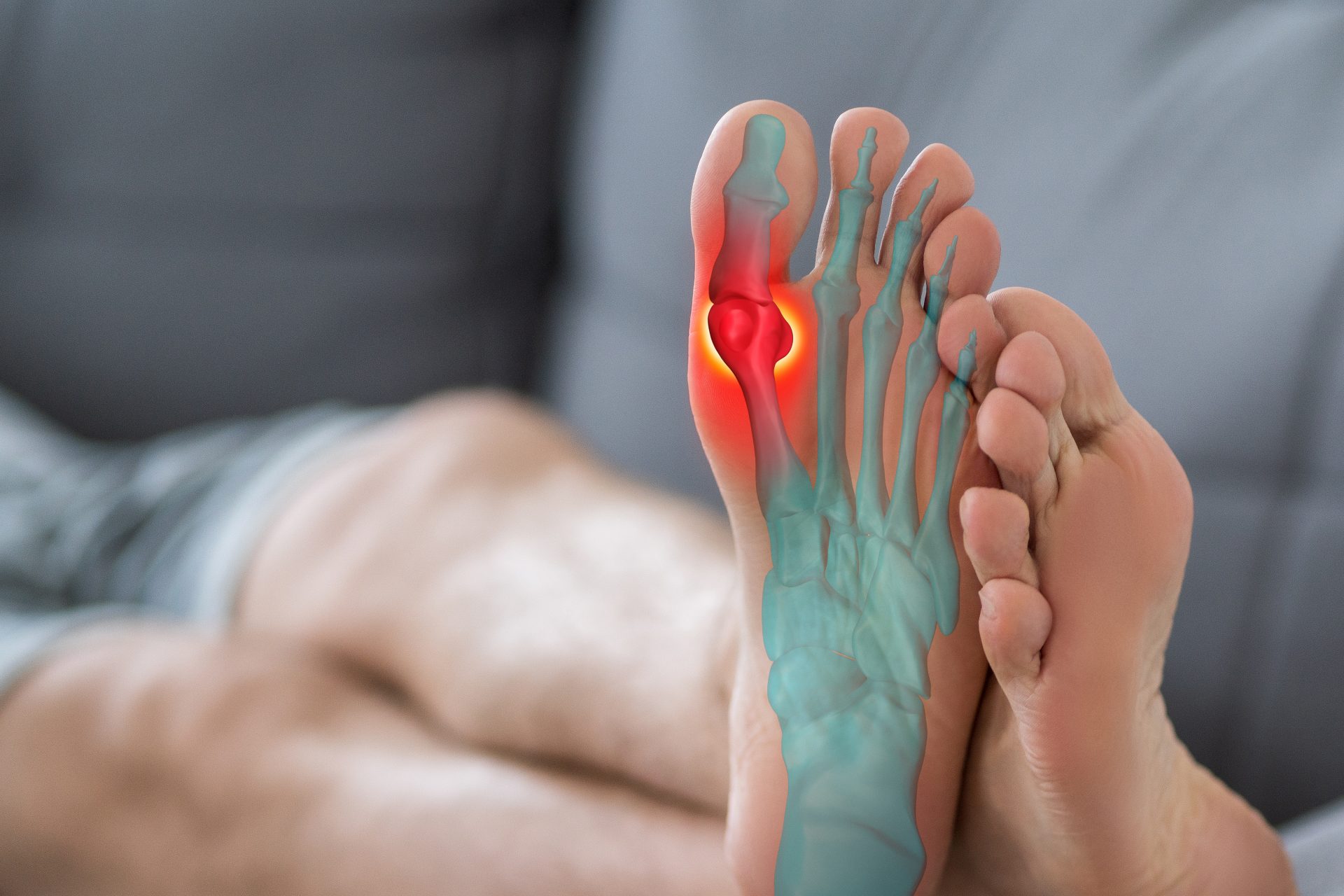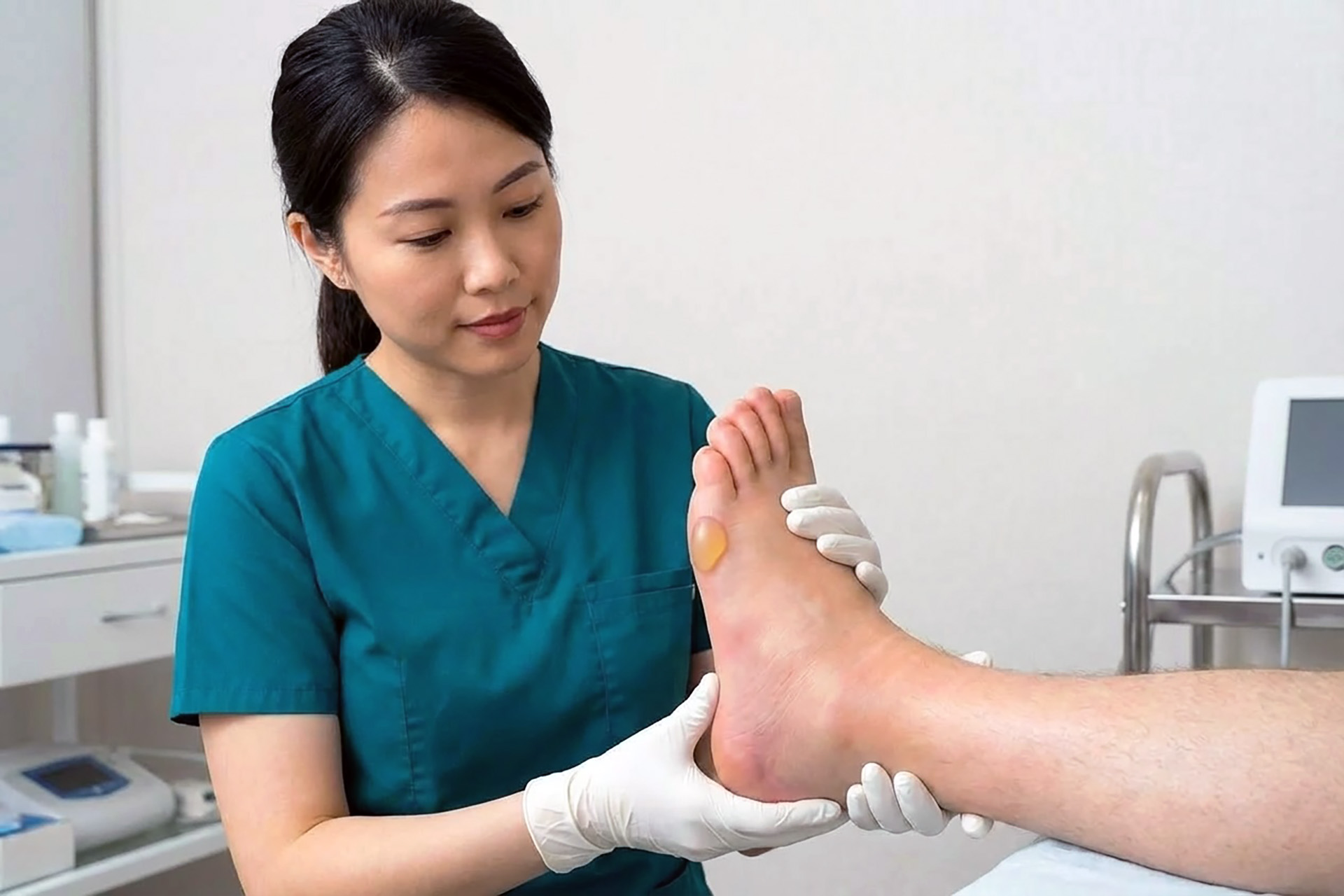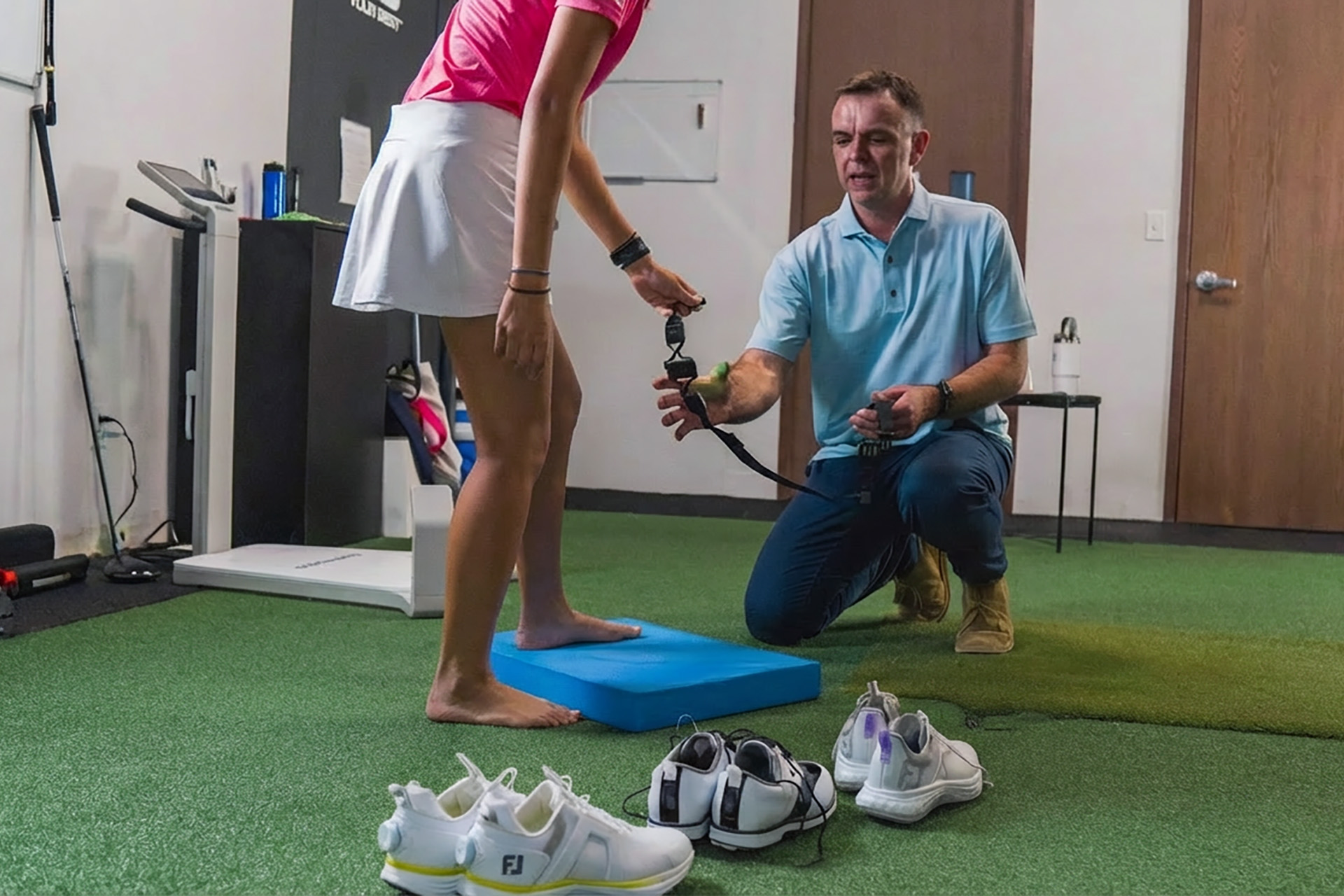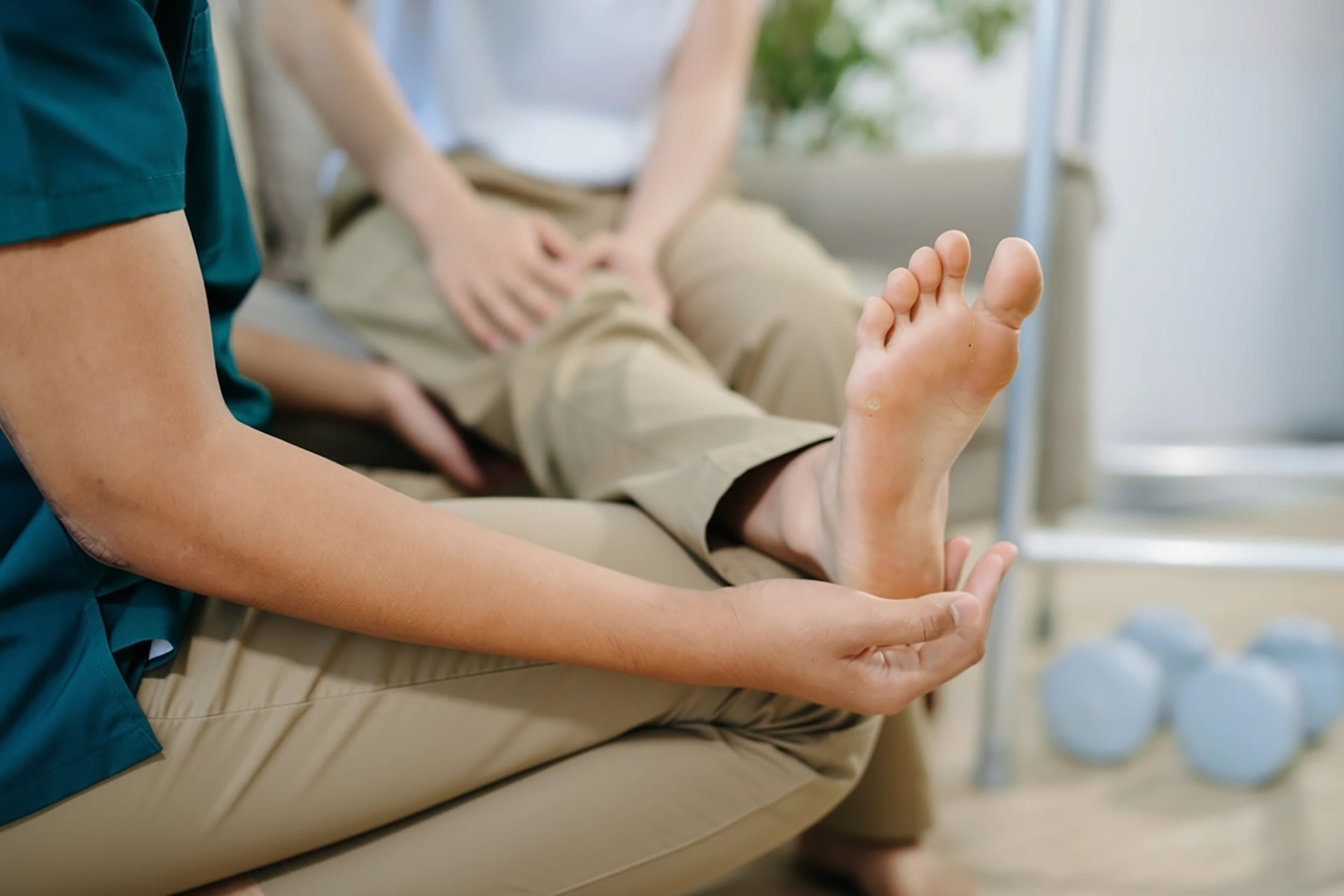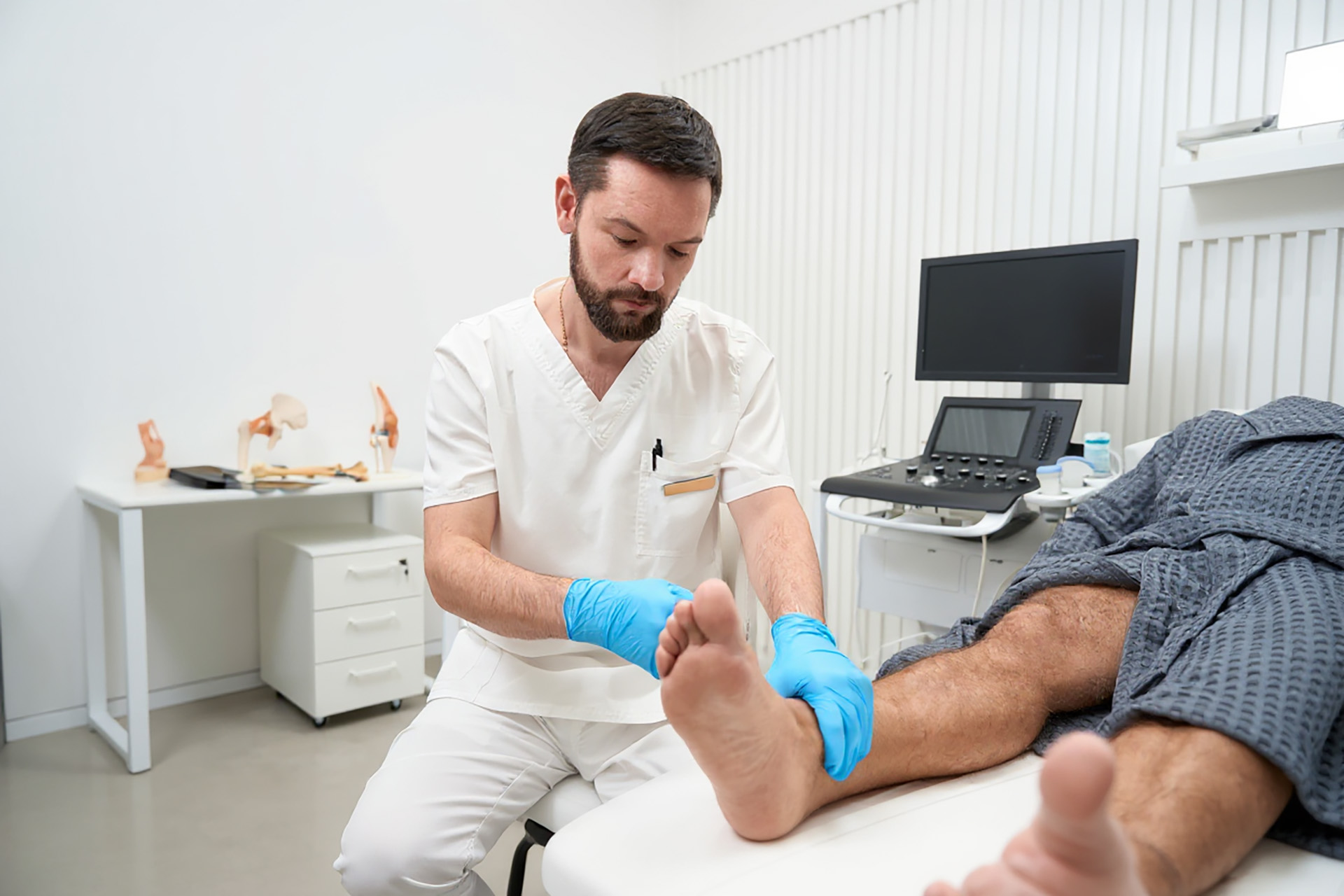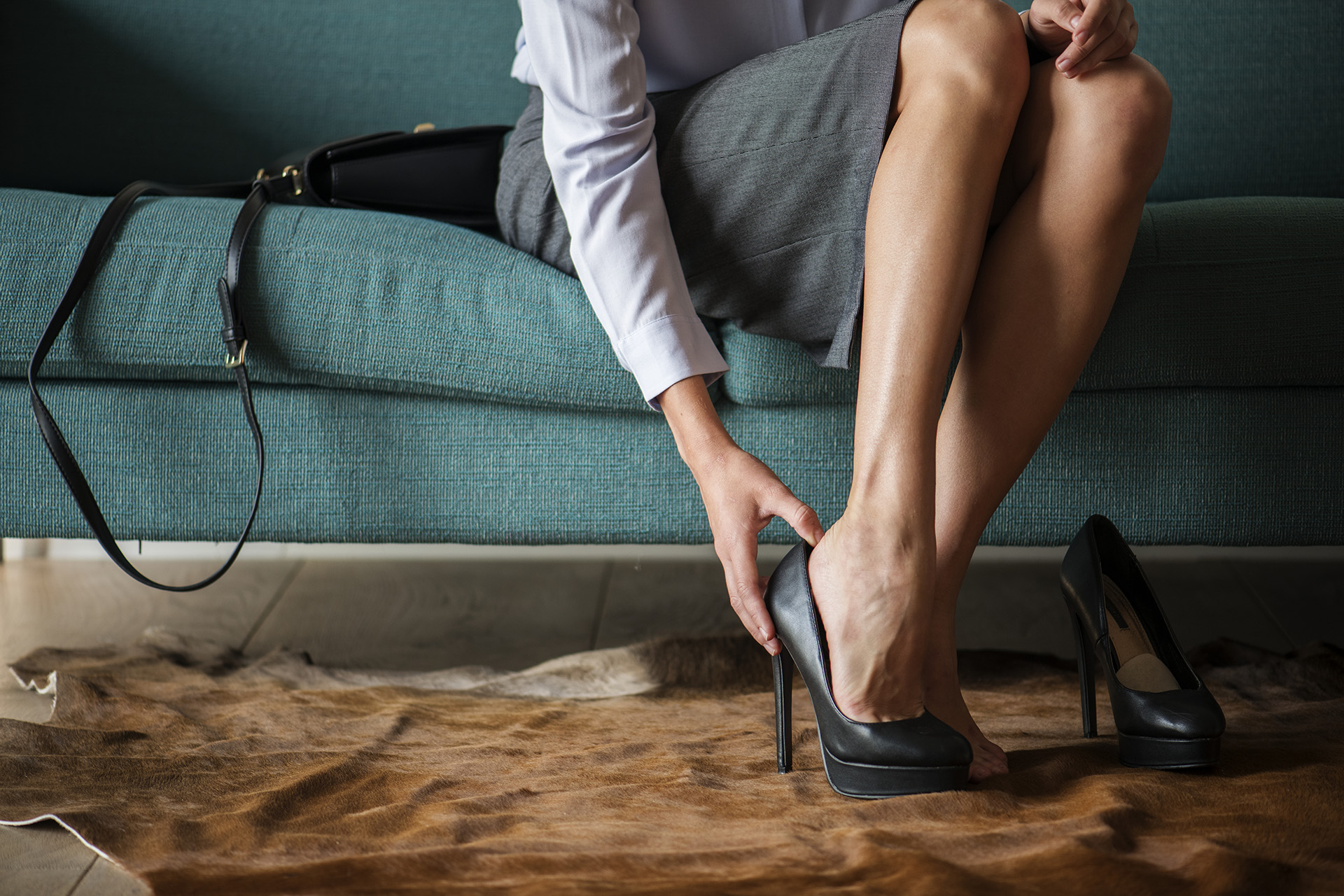Sesamoiditis presents as pain in the forefoot, with or without inflammation or fracture, around the base of your big toe. These bones help protect the tendons in the toe while acting as a pulley to allow your muscles a smooth surface to slide. Once impaired, often from overuse, trauma or as a result of the weight distribution on your foot, symptoms of pain and discomfort typically arise.
Sesamoiditis is particularly common among athletes who bear weight on the balls of their feet, such as runners and dancers. It is also a common cause of metatarsalgia and in people with high-arched feet or bunions, such as in the case of women who wear high heels.
Left untreated, the condition may lead to sesamoiditis surgery as your body is forced to compensate by redistributing weight onto other parts of the foot. A consultation with one of our podiatrists can easily identify the painful condition in your forefoot to restore mobility through conservative therapies.
Symptoms and Causes Sesamoiditis
Sesamoiditis is often caused by repeated and sustained trauma on the toe. Symptoms may be isolated or as a result of other conditions, such as a stress fracture in your sesamoid bones in the foot. This can make accurate diagnosis extremely important as treatment options differ based upon assessment.
Sesamoid pain at the ball of the foot while standing or walking is the most common symptom. Discomfort is usually experienced as a niggling, persistent ache which can become worse with increased weight-bearing activities. Swelling and tenderness are common sesamoiditis symptoms as your foot can get irritated. Decreased range of motion in your big toe is another symptom with cracking or popping at the joint.
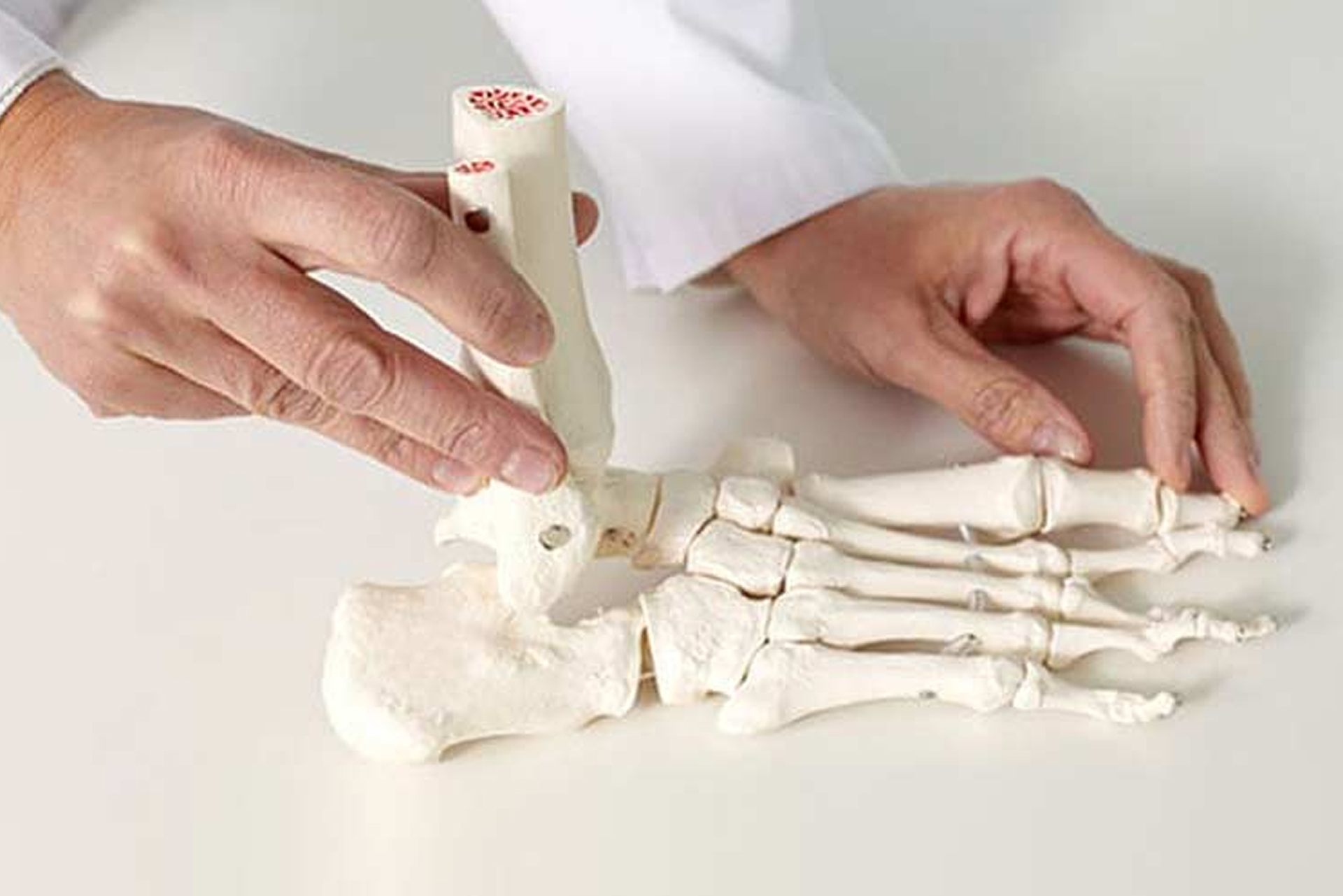
A factor that contributes to the often painful condition is an active lifestyle. If you are involved in activities, such as running, dancing or other sports that put a lot of stress on the ball of your foot, you are at greater risk for developing this overuse dysfunction.
Another common cause of sesamoiditis is the shape of your foot. If you have a high arch foot or a tight first metatarsophalangeal joint, you are at a greater risk of a chronic sesamoid foot injury. A high-arch foot can cause an increased amount of pressure on the ball of your foot, stressing the sesamoid bones and irritating the tendons that pass over them.
A tight first metatarsophalangeal joint can also increase stress on the sesamoid bones, which can lead to inflammation on the bones and tendons of your big toe. Your big toe also plays a significant role in the push-off phase of gait where tightness in the area can severely limit your range of motion.
Ultimately, if you suffer from these conditions, your body will compensate by shifting its weight onto other areas of your foot, affecting the balance of your body that can lead to other injuries later.
Diagnosis and Common Misdiagnosis
Diagnosing sesamoiditis can involve a combination of approaches beginning with a physical examination of your foot to assess its biomechanical and musculoskeletal function by our podiatrists. As symptoms of sesamoiditis are similar to other ailments, imaging tests may be requested to rule out the possibility of a fracture, osteoarthritis or displacement to see if the cartilage or fibrous tissue has separated.
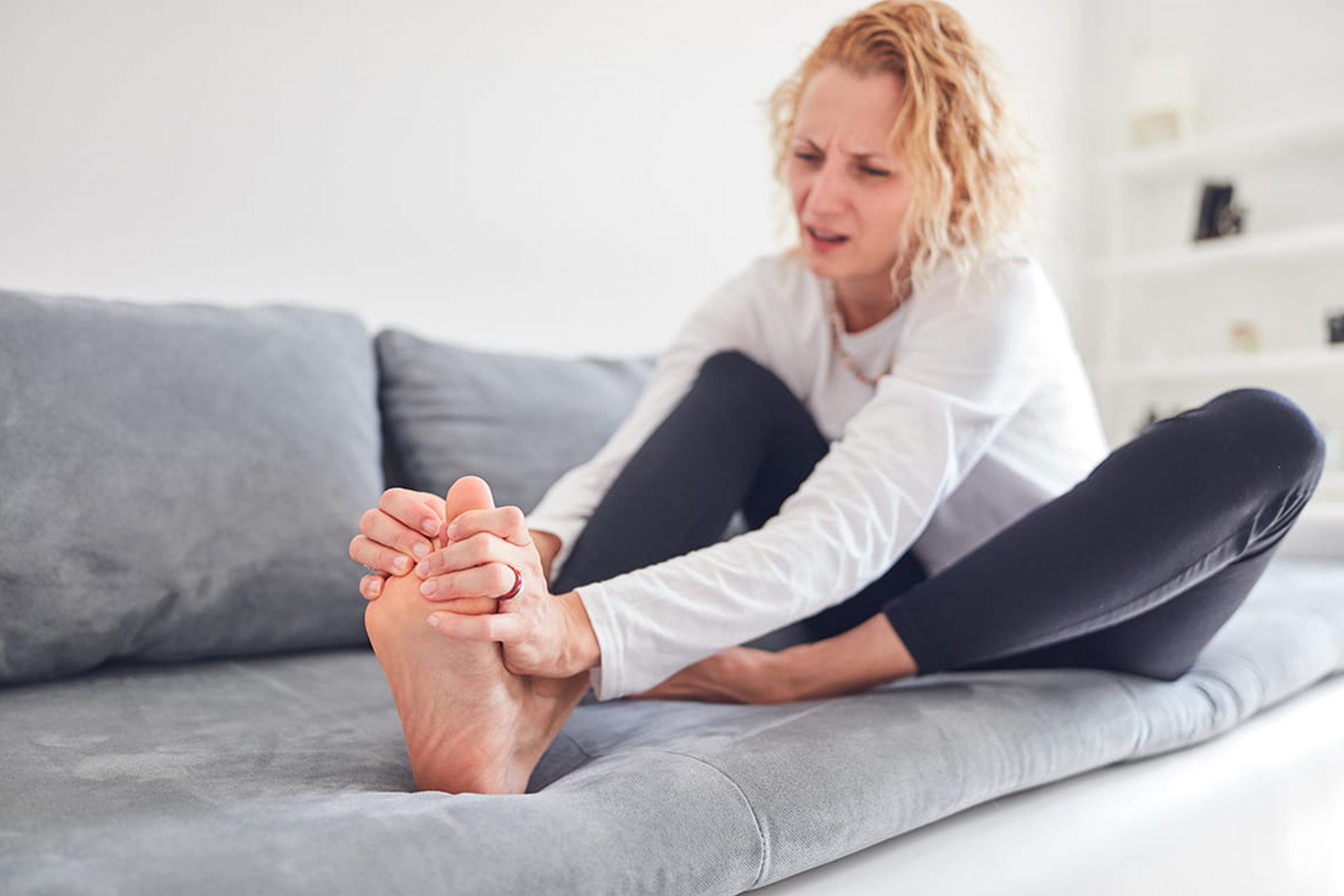
A physical assessment involves checking your lower limb for pain and tenderness, especially at the ball of your foot during flexion of your big toe. The exam also explores your range of motion as well as the overall alignment of your big toe. Sesamoiditis can sometimes be identified by impaired function at the big toe, limping, and discomfort in gait can all be signs of sesamoiditis.
Treatment for sesamoiditis depends on accurate diagnosis which can be determined easily through a consultation with someone from our team. Several conditions show similar symptoms as sesamoiditis which can lead to misdiagnosis, including:
- Metatarsalgia, a condition in which the metatarsal sesamoid bone area, located at the base of the toes, is inflamed. This is often caused by overuse or stress leading to tenderness, pain and discomfort at the ball of the foot.
- Hallux rigidus, a degenerative arthritic condition that develops at the metatarsophalangeal joint at the base of your big toe. This causes pain as the cartilage wears down resulting in bone-on-bone contact.
- Gout, caused by uric acid buildup in the joints. It can be misdiagnosed as sesamoiditis as it can affect the joints and bones in the toe while showing symptoms of discomfort and swelling.
- Morton’s neuroma, caused by the enlargement of tissues surrounding the nerves leading up to the toes. It most commonly affects the areas in and surrounding the 3rd and 4th toes, but can also affect other joints resulting in pain, cracking and popping.
After your diagnosis of sesamoiditis has been confirmed, our podiatrists will create a personalised treatment plan addressing the cause of your condition to help relieve your symptoms to restore foot function.
Reducing Pain from Sesamoiditis
If you are experiencing painful symptoms caused by sesamoiditis, there are several things you can do at home to alleviate your discomfort. Resting and icing the affected area for periods of 15-20 minutes several times a day as a sesamoiditis treatment at home can help decrease symptoms. Resting your foot takes pressure off of your toe and icing can decrease the symptoms of pain and swelling.
If you feel pain after engaging in certain activities, it’s a sign to contact our podiatry clinic, especially if the pain persists for more than 2 weeks.

Conservative, noninvasive treatments at The Foot Practice work to reduce the pain and inflammation by offloading pressure on your foot while restoring the function of your lower limbs. More specifically:
- Shockwave Therapy, a treatment that uses high-energy sound waves to increase blood flow to stimulate healing. In cases of symptomatic bipartite sesamoid, people are born with a natural sesamoid split that is filled with fibrous scar tissue that can begin to break down and cause pain. This noninvasive therapeutic approach can bring nutrients to the affected area to reduce inflammation.
- Custom Orthoses may help to offload and redistribute your weight correctly, reducing pressure and stress on the sesamoid bones while correcting issues of overpronation or oversupination.
- Foot Mobilisation and sesamoiditis treatment exercises can improve the natural range of motion in your foot joints and muscles to strengthen and improve function.
- Footwear Assessments also help decrease pain as improper footwear can place extra stress on the ball of your foot and toes. In general, shoes that are too tight and shoes that place your foot at an elevated position, such as high heels, should be avoided. You may also find that shoes with more cushioning, such as trainers, can help decrease pain.
- Dry Needling releases taut bands of soft tissues, scar tissue and adhesions that can cause pain and discomfort.
- Taping can be used to limit movement in the first metatarsophalangeal joint (the joint between your big toe and foot) when you have sesamoid bone foot pain to give you immediate relief.
If your condition is too severe to be addressed by conservative therapies, our foot specialists may refer you to an orthopaedic surgeon for the surgical resection of the sesamoid bones.
If you are experiencing symptoms of sesamoiditis, proper diagnosis is essential for recovery from your foot and ankle injury. Schedule a consultation with one of our podiatrists today so that we can put you on the right treatment plan to alleviate your symptoms and restore your mobility.

